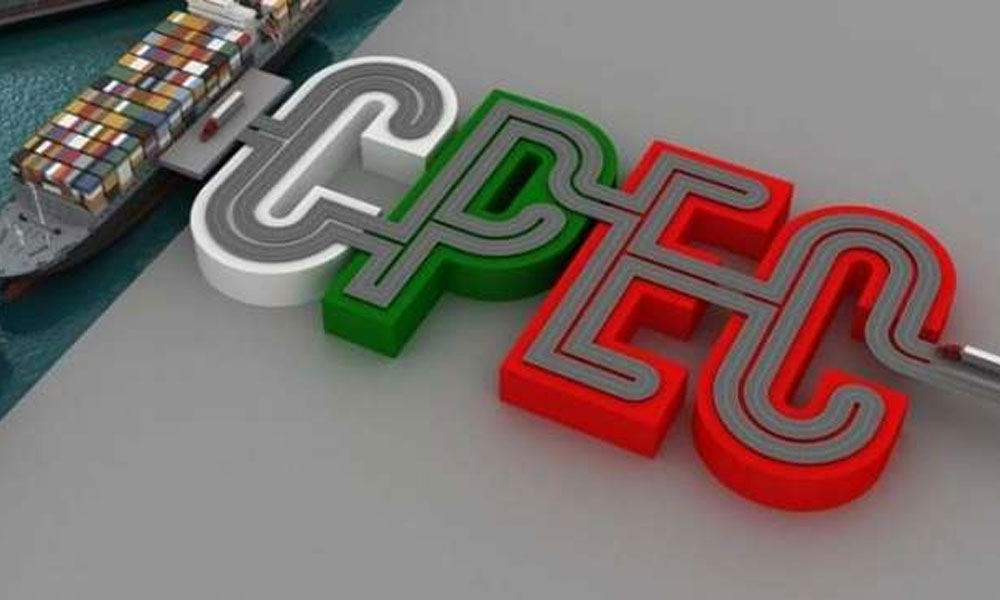In the realm of international trade, few ventures have garnered as much attention and commendation as the China-Pakistan Economic Corridor (CPEC).
A confluence of mutual interests and ambitions, this ambitious venture has ignited fervour and the engines of economic growth for both China and Pakistan. In this exposé, we delve into the nuances of this economic symbiosis, utilizing the lenses of various trade theories, the gravity model of trade, and an incisive analysis of CPEC’s crucial projects, including the illustrious Special Economic Zones.
At the very foundation of CPEC lies a bedrock supported by the tenets of comparative advantage. Both nations, cognizant of their unique strengths, have adroitly utilized their resources to partake in a mutually beneficial exchange. With a diplomatic savoir-faire, China and Pakistan play to their inherent advantages, yielding a harmonious interplay of trade dynamics. The Heckscher-Ohlin theory, in its analytical splendour, casts its prismatic rays on CPEC, illuminating the interplay of capital and labour. While Pakistan, endowed with a youthful and skilled labour force, engenders the production of labour-intensive goods, China, in its prowess, offers a treasure trove of capital-intensive commodities. This interdependence forms the bedrock of a partnership that blossoms under CPEC’s careful cultivation.
Furthermore, the New Trade Theory underscores the dividends accrued from economies of scale. In an economic ballet, CPEC has facilitated the aggregation of demand and production efficiencies, lending further credence to the idea of a virtuous cycle of growth. The pooling of resources and economies ushers both China and Pakistan into a league of global competitiveness, where collaborative innovation is nurtured like a delicate flower.
The gravity model of trade, akin to an astute compass, steers us towards comprehending the trade patterns between China and Pakistan under the aegis of CPEC. Geographical proximity is rendered more accessible through an array of robust infrastructure projects, and seamless logistics coalesce to foster an expedited flow of goods and services. With deft diplomatic strokes, China and Pakistan have positioned themselves as prime trading partners, surmounting physical barriers with the art of economic diplomacy. The enhanced connectivity ushered by CPEC has cemented their relationship and broadened the horizons of bilateral trade.

















